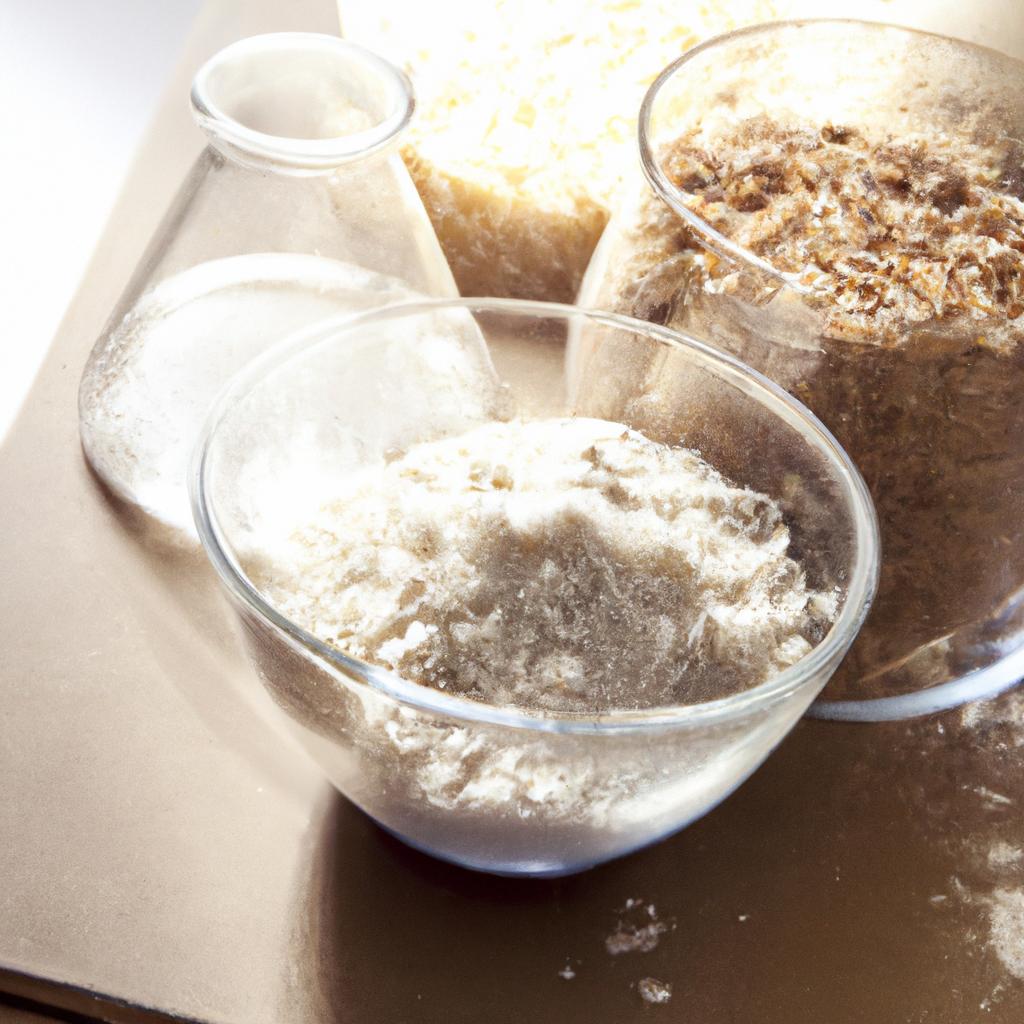**”The Role of Dietary Fiber in Enhancing Athletic Recovery: How Increasing Fiber Intake Supports Gut Health and Reduces Inflammation in Athletes”**
# The Role of Dietary Fiber in Enhancing Athletic Recovery: How Increasing Fiber Intake Supports Gut Health and Reduces Inflammation in Athletes
Athletic performance is often associated with rigorous training, adequate hydration, and a well-balanced diet. However, one aspect that frequently gets overlooked is dietary fiber. While athletes may focus on protein and carbohydrates, fiber plays a crucial role in enhancing recovery post-exercise. This blog post explores how increasing fiber intake can support gut health and reduce inflammation, ultimately aiding athletic recovery.
## Understanding Dietary Fiber
### What Is Dietary Fiber?
Dietary fiber refers to the indigestible portion of plant foods. It comes in two main forms: soluble and insoluble. Soluble fiber dissolves in water and can be found in foods like oats, beans, and fruits. On the other hand, insoluble fiber does not dissolve and is abundant in whole grains, nuts, and vegetables. Both types contribute significantly to overall health.
### Why Is Fiber Important for Athletes?
Fiber plays a multifaceted role in an athlete’s diet, particularly in terms of recovery. It aids digestion, promotes gut health, and helps manage inflammation. Consequently, a well-fibered diet can support an athlete’s performance and recovery in ways that extend beyond basic nutrition.
## How Fiber Enhances Gut Health
### The Gut Microbiome Connection
The gut microbiome consists of trillions of bacteria that reside in our intestines. These microorganisms are crucial for nutrient absorption, immune function, and even mental health. Furthermore, fiber acts as a prebiotic, serving as food for these beneficial bacteria. By consuming adequate fiber, athletes can promote a diverse and healthy microbiome, which in turn enhances nutrient absorption and supports recovery.
### Reducing Digestive Issues
Athletes often face digestive challenges due to high training loads, changes in diet, and sometimes inadequate recovery. A high-fiber diet can mitigate issues like constipation and bloating, ensuring that nutrients from food are efficiently absorbed. Therefore, increasing fiber intake post-exercise can help athletes feel better and recover faster.
## Fiber and Inflammation Reduction
### The Role of Inflammation in Recovery
Inflammation is a natural response to exercise; however, chronic inflammation can hinder recovery and performance. Certain types of fiber, particularly soluble fiber, have been shown to reduce systemic inflammation. By incorporating fiber-rich foods, athletes can potentially lower inflammatory markers, allowing for quicker recovery times.
### Foods That Fight Inflammation
Some fiber-rich foods are particularly effective at combating inflammation. For instance, fruits like berries and apples, vegetables like broccoli and kale, and whole grains like quinoa and brown rice are excellent choices. Moreover, these foods often contain antioxidants that further support recovery by neutralizing free radicals generated during intense physical activity.
## Nutrition Tips for Athletes
### Balancing Fiber Intake
While it’s clear that fiber is beneficial, it’s important for athletes to balance their intake. Too much fiber, especially when introduced suddenly, can lead to digestive discomfort. Therefore, athletes should gradually increase their fiber consumption, aiming for a daily intake of 25-38 grams, depending on their individual needs.
### Meal Planning Ideas
Incorporating fiber into a diet can be simple and delicious. Athletes can start their day with oatmeal topped with fruits and nuts, enjoy a hearty bean salad for lunch, and finish with a whole-grain pasta dish loaded with vegetables for dinner. Moreover, snacking on fruits, veggies, or whole-grain crackers can help maintain fiber levels throughout the day.
## Exercise Advice: Timing and Fiber
### Pre- and Post-Workout Nutrition
When planning meals around workouts, timing is key. Athletes should be cautious about consuming high-fiber foods right before exercise, as they may cause gastrointestinal discomfort. Instead, focus on fiber-rich snacks or meals after training sessions to maximize recovery. For example, a smoothie with spinach, bananas, and yogurt can provide a great post-workout meal rich in fiber and protein.
### Hydration Matters
In addition to increasing fiber, athletes must also pay attention to hydration. Fiber absorbs water, so consuming adequate fluids is essential to prevent digestive issues. Therefore, athletes should aim to drink plenty of water throughout the day, especially when increasing fiber intake.
## Conclusion
In summary, dietary fiber plays a pivotal role in enhancing athletic recovery by supporting gut health and reducing inflammation. By incorporating fiber-rich foods into their diets, athletes can improve their overall health and performance. As research continues to uncover the myriad benefits of fiber, it’s clear that this often-overlooked nutrient deserves a spot on the plate of every athlete. Consequently, athletes who prioritize fiber may find themselves not only recovering faster but also performing better in their respective sports. So, next time you plan your meals, don’t forget the power of fiber!
“`html
FAQ
What types of dietary fiber should athletes focus on?
Athletes should focus on both soluble and insoluble fiber. Soluble fiber, found in foods like oats, beans, and fruits, helps reduce inflammation and supports gut health. Insoluble fiber, abundant in whole grains, nuts, and vegetables, aids in digestion and prevents digestive issues. A balanced intake of both types is essential for optimal recovery and performance.
How can increasing fiber intake help with athletic recovery?
Increasing fiber intake can enhance athletic recovery by promoting gut health and reducing inflammation. A high-fiber diet supports a healthy gut microbiome, improving nutrient absorption, which is crucial for recovery. Additionally, certain fibers can lower inflammatory markers, allowing for quicker recovery times after intense exercise.
What are some practical tips for incorporating more fiber into an athlete’s diet?
Athletes can incorporate more fiber into their diets by gradually increasing their intake and aiming for 25-38 grams daily. Meal ideas include starting the day with oatmeal topped with fruits, having a bean salad for lunch, and enjoying whole-grain pasta with vegetables for dinner. Snacking on fruits, vegetables, or whole-grain crackers throughout the day can also help maintain fiber levels.
“`















Post Comment